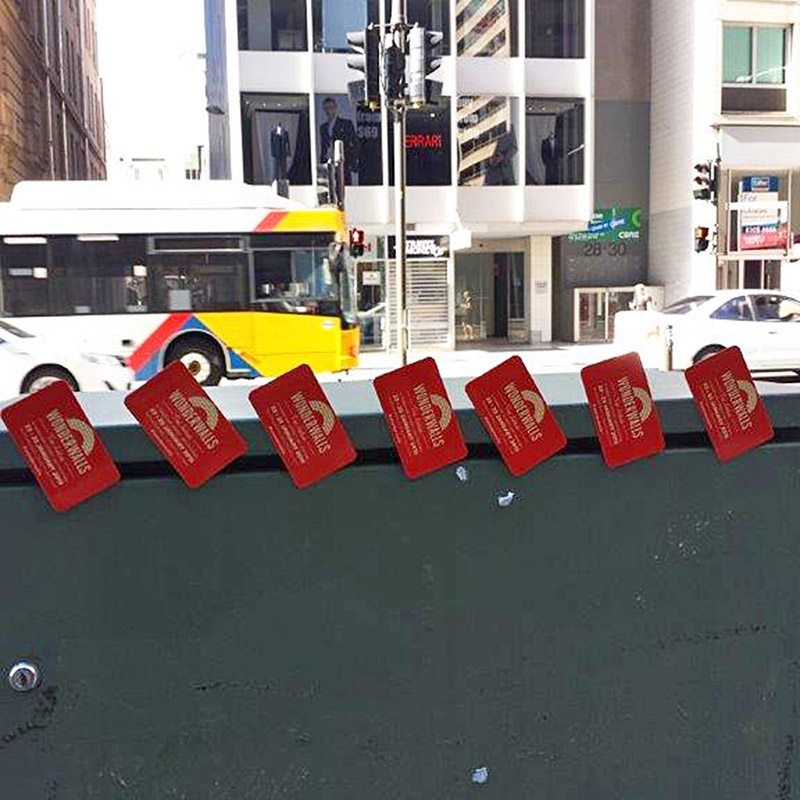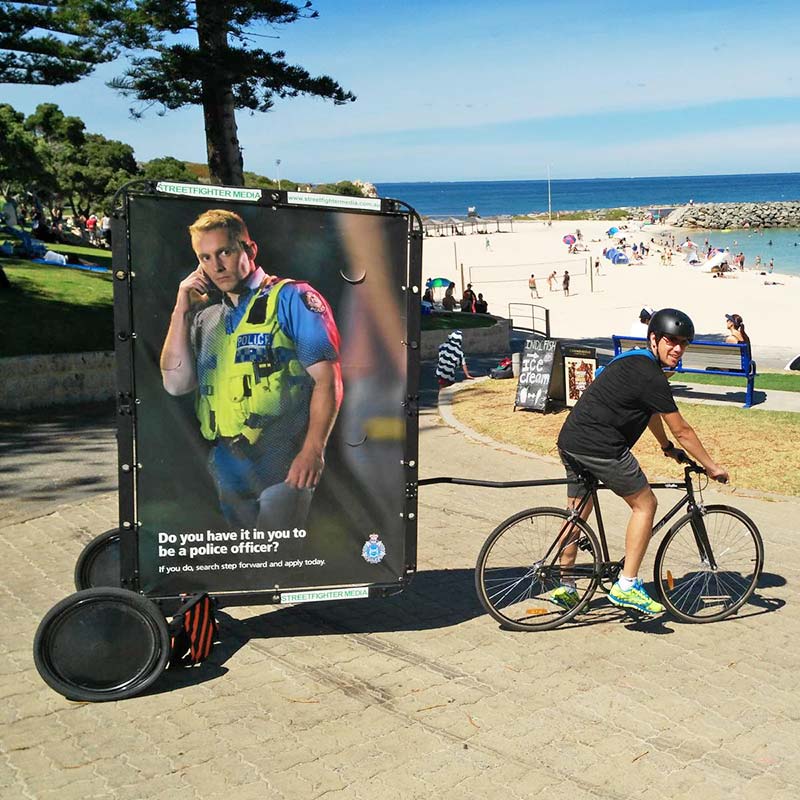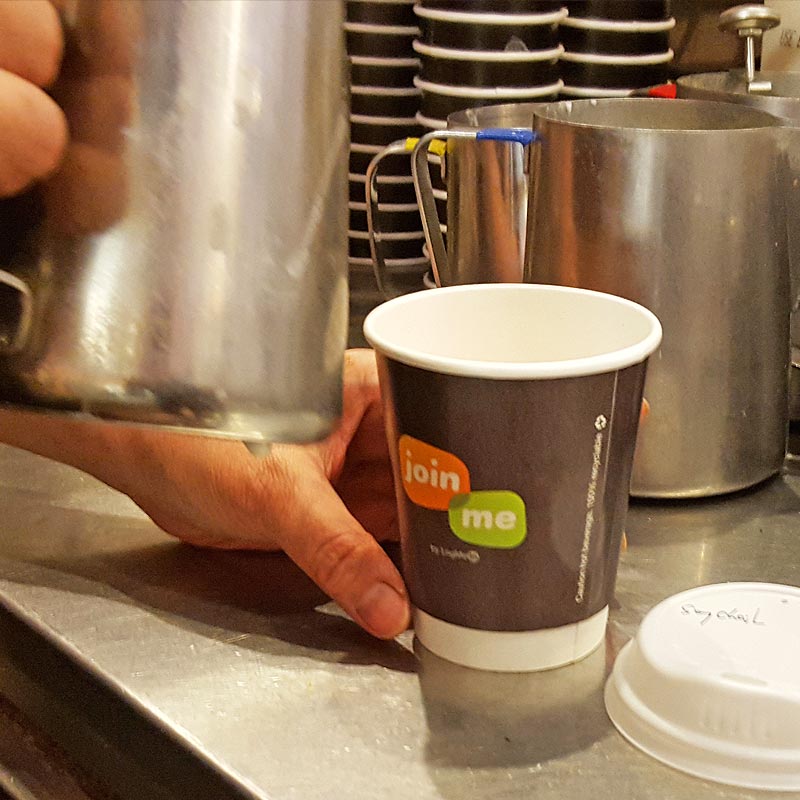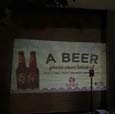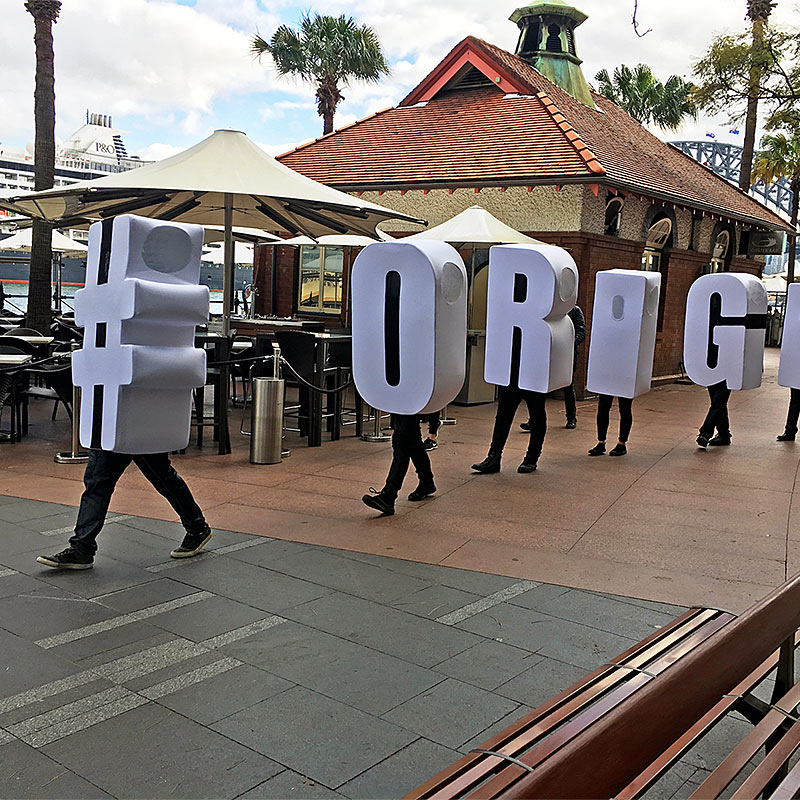Retail and In-Store promotion Agency, Services marketing | face to face marketing Job Koregaon Park
![]() We help brands to connect with consumers at the point of purchase – driving incremental sales, Services marketing & face to face marketing Job creating new consumers and brand advocates.
We help brands to connect with consumers at the point of purchase – driving incremental sales, Services marketing & face to face marketing Job creating new consumers and brand advocates.
At Fulcrum, we are experts in the indian retail environment. As a retail and in-store agency with an in depth knowledge of product sampling, retail promotions and product demonstrations – our nationwide teams can drive sales for your brands at the till.
If you’re looking to showcase your brand within existing retailer channels, or build a whole new audience, we can help you get there.
Our expert staff are experienced with grocery, FMCG, consumer electronics, motor, toys, health and beauty brands and all hold relevant Food Handling and food certification. As a specialist retail and in-store agency, Fulcrum holds full FSSAI certification.
We also provide branded sampling stands and merchandise production, uniforms, freight, storage and logistics to ensure a smooth rollout of your campaign.
With a focus on inspiring action in consumers and delivering actual results, we ensure that we build in measurement, reporting and amplification to maximise ROI for clients.
Speak to us about how we can help you deliver in-store sampling, retail promotions, product demonstrations, travel retail promotions, retail staff, brand ambassadors and retail events.
Small Business Brand Marketing:Services marketing | face to face marketing Job Koregaon Park
5 Tips For Taking Your Brand to Market
Part 1 of our Brand Basics for Small Business series, we covered the crucial first steps to setting up your brand. Once you’ve taken those initial steps and got your brand off the ground, the next stage is to start marketing, in order to raise awareness of your brand, build a customer base, and drive sales for your business. To help you get started, we’ve got five important tips for taking your brand to market.
Tip 1: Get your messaging right
In business, first impressions mean a great deal – so what your initial marketing communicates about your brand will shape the (usually lasting) opinion potential customers form about your brand.
Spend time developing clear, compelling brand messaging that succinctly communicates your brand, ties in with your brand identity, and is relevant to your target audience. Bear in mind that as your brand develops and grows, you’ll need to be able to continue delivering this messaging consistently across all platforms, so getting it right in the early stages is essential.
Tip 2: Choose the right channels
Small businesses are faced with a vast array of potential marketing tactics through which to promote their brand. From digital marketing to direct mail, the key is to identify those channels that are most appropriate to your brand – and are most likely to attract the attention of potential customers. This is where thorough market research (discussed in Part 1) is vital, as you’ll need a clear understanding of your target audience and what channels have the best chance of reaching them.
Potential marketing channels include email marketing, brochures and flyers, social media, event marketing and many more. For some ideas on using a selection of these channels successfully, check out our Guide to Becoming Marketing Active.
Tip 3: Provide clear calls to action – and incentives for following them
Whether your call to action is driving traffic to your website, encouraging email newsletter opt-ins, or increasing your social media following, you need to make this call to action as clear and straightforward as possible. Confusion or ambiguity is an immediate turn-off, so make sure you spell out exactly what people need to do and how to do it.
Behind every call to action, you need to answer the question that is inevitably on the minds of your audience: “what’s in it for me?”. By providing compelling incentives for performing the desired action, your audience is much more likely to follow your lead.
Tip 4: Go for the highest quality you can afford
While budget will always play an important role in small business marketing considerations, opting for cheap-looking, inferior quality marketing materials can do considerable damage to your brand in both the short-term and the long-term. At this early stage it’s important to remember that, as mentioned above, first impressions are critical.
Quality doesn’t just extend to the physical materials on which your marketing is delivered. Skimping on components like copywriting or design can be just as off-putting as cheap paper, so avoid cutting costs by doing it yourself. If price is an issue, consider taking a ‘less is more’ approach and focusing on doing a few key tactics well.
Tip 5: Know your goals from the outset
Before you commence any type of marketing, you need to know what you want to achieve from this activity. Once you’ve established a set of clearly defined goals, you will be able to identify the steps you need to take to achieve these targets.
When setting marketing goals, it’s important to choose targets that are achievable, as well as ensuring you are as clear as possible about your goals. Be specific about what each goal involves and outline timeframes for achievement to work towards. In addition, it’s vital to make sure your marketing goals are easy to track and measure.
While there are many other areas you’ll need to consider before embarking on a marketing strategy, taking time to focus on these five areas will provide you with a strong starting point on which to build.
Stay tuned for the final part of our Brand Basics series, in which we’ll be looking at how to maintain your brand in the long term.
We’d love to hear your experiences of taking a brand to market – if you’ve got your own tips, why not share them with the MIH community? Get in touch by leaving your comments below…
Marketing | Sales & merchandising |
|
Services marketing | face to face marketing Job Koregaon Park
| Services marketing Team Koregaon Park
Marketing idea an tips , info , case study
The 5 Ps of marketing
The 5 Ps of marketing
Thinking about all the elements in your business, no matter how small they may seem, can help you position your business and therefore your products and services in the market.
The 5 Ps are key marketing elements designed to help you think about your business strategically. Put broadly, marketing is a mix of business activities that aims to build your brand and business in a consistent way.
If you want to grow your business, the 5 Ps of marketing can help you think about the different areas of your business can add value and offer a product or service different from your competitors.
Working your way through each of the Ps can help you think about which areas of your business you can change or improve on, to help you meet the needs of your target market.
The 5 Ps include:
Product
The product element refers to what you are offering as a whole – what exactly are you selling to your customers? This includes the value added features, branding and packaging as well as service and warranty terms.
For example, if you’re a jewellery maker who is looking to grow your business, you might think about giving your customers a free gift wrapping service as an incentive to buy from you.
Find out more on labelling and packaging.
Price
The price element refers to the way you set prices for your products or services. It generally includes all the parts that make up your overall cost, including the advertised price, any discounts, sales, credit terms or other payment arrangements or price matching services you offer.
Your pricing will also depend on your business’s position in the market. For example, if you advertise your business as a budget car rental service, your pricing should reflect that choice. If you’re looking to grow your business consider if your pricing reflects your business’ positioning.
Read more about Pricing to determine your pricing strategy and objectives.
Promotion
The promotion element refers to all the activities and methods you use to promote your business and products. This includes sales, public relations, direct marketing and advertising.
For example, if you’re growing your sports management business, you might add sponsorships to your marketing mix to help promote your business.
Place
The place element refers to how you deliver your product or service to your customers. This might include the physical location (e.g. via a shopfront, online or a distributor), delivery methods as well as how you manage your stock levels.. For example, you could choose to provide your product from a shopfront, over the internet or through a distributor.
If you’re looking to grow your business, you might consider changing or expanding the way you sell your products and services. For example, if you’re a homewares distributor, you might think about setting up a new store in a different location or offering franchises.
Alternatively, you might consider setting up an online website as a supplier that allows other businesses to purchase online from you.
People
The people element refers to yourself, your staff and your customers. This covers customer service levels, as well as effective communication and training for your staff. You’ll need to consider both your staff and customers if you’re thinking of growing your business.
For example, if you’re thinking of expanding your business online, you’ll need to think about how your customers use the internet, if they would feel comfortable purchasing your goods online and if they would be willing to pay shipping costs for your products.
You’ll also need to consider staffing elements. For example, do your staff have the skills to manage a website? Will you need to provide further training for them?
Find out more about what is customer service, including how to provide good customer service, setting targets and measuring your customer service and attracting and keeping loyal customers.
Although the 5 Ps are somewhat controllable, they are always subject to your internal and external marketing environments.
Examples – 5 Ps in action
Here’s two examples of the 5 Ps in action:
Family restaurant
You might run a restaurant catering to families. To position your restaurant towards your target market, you might consider having:
- product – food catering to fussy eaters
- price – affordable prices for families
- promotion – advertisements in school newsletters
- place – location and opening hours suited to busy, family lifestyles
- people – staff that are friendly and accommodating to the needs of parents and children.
Scuba diving shop
You might run a scuba diving shop catering to backpackers. To position your business towards this market, you might consider having:
- product – quick diving trips for people who are only in town for a short time
- price – cheaper dive trips to cater for budget-conscious travellers
- promotion – a Facebook page to promote your business online
- place – an in-town location so you can be found easily
- people – friendly staff who like to meet other travellers.
Services marketing | face to face marketing Job Koregaon Park
| Account based marketing agent Koregaon Park | face to face marketing Job Team Koregaon Park | IT Parks Marketing Team Koregaon Park |
Field marketing agencies Koregaon Park | Account based marketing agent Team Koregaon Park | modern trade marketing Job Team Koregaon Park |
IT Parks Marketing Team Koregaon Park | Field marketing agencies Team Koregaon Park | out of home marketing ideas Team Koregaon Park |
shopper marketing ideas Team Koregaon Park , school Marketing ideas Team Koregaon Park
Services marketing Team Koregaon Park, face to face marketing Job Koregaon Park
